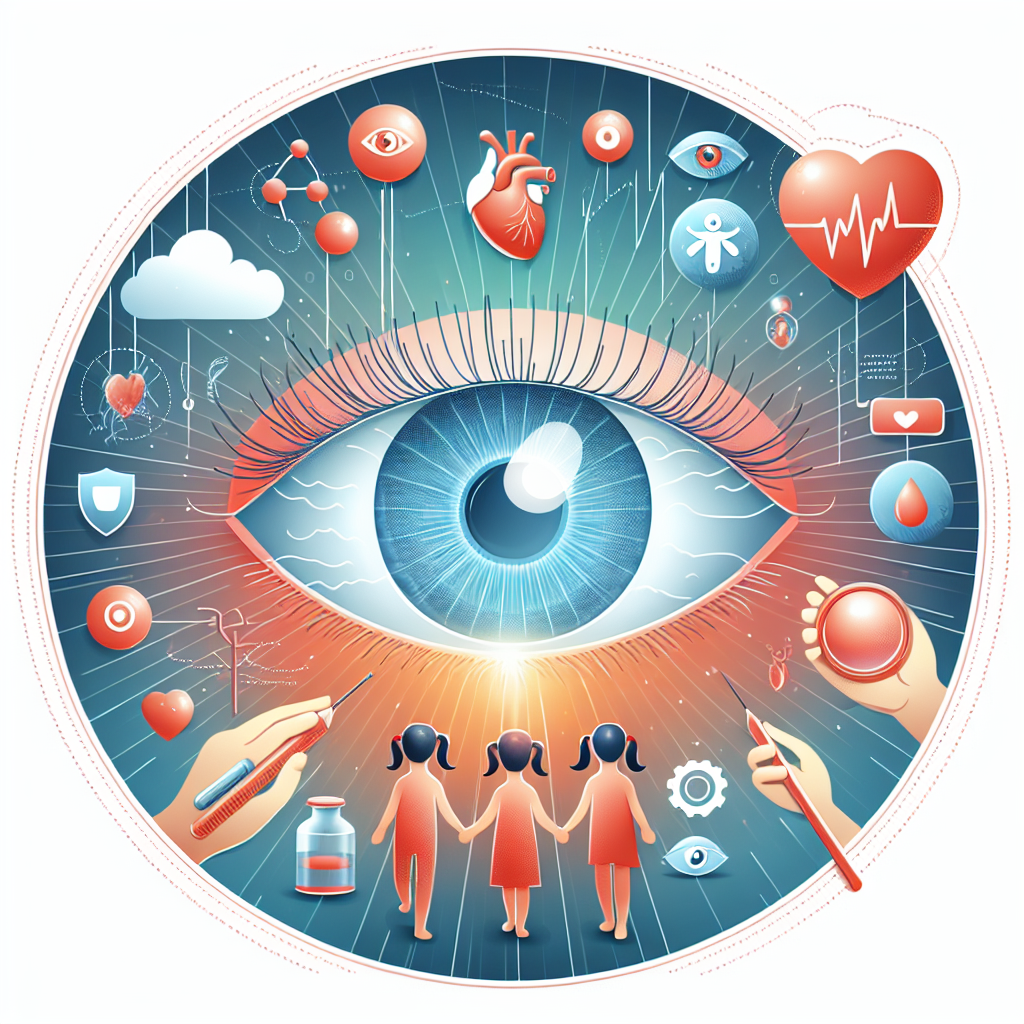Cataracts in Children: Who is Predisposed and How to Identify
Introduction
When we talk about cataracts, many of us immediately think of the elderly, neglecting the fact that this condition can also affect children. Although it may seem surprising, pediatric cataracts exist and require special attention. In this article, we'll shed light on the essentials of cataracts in children - from risk factors and symptoms, to diagnosis and treatment, guiding parents in protecting their little ones' visual health.
Risk and Predisposition Factors
Cataracts in children can have multiple causes, and understanding the risk factors is essential for early detection and treatment. Genetic factors play a crucial role in the occurrence of this condition, so if there are cases of congenital cataracts in children's families, the risk is higher. Also, certain congenital conditions, such as Down syndrome, galactosemia or eye malformations, can increase the likelihood of cataracts in children.
Signs and Symptoms
Signs that a child may be affected by cataracts can vary. The following indicators should alarm parents and prompt them to seek an ophthalmological consultation: decreased clarity of vision, difficulty following objects or lights, the presence of a whitish reflex in the child's pupil, or tilting the head in certain positions to see better. It is vital to notice and react quickly to these signs, as early detection can make the difference in the healing process.
Diagnostics
To diagnose cataracts in children, ophthalmologists rely on thorough evaluations that include visual acuity testing, fundus examination, and slit-lamp investigations. In cases where the child is too young to cooperate in these tests, anesthesia can be used for an accurate diagnosis. It is crucial to determine whether the cataract is interfering with the development of vision and, accordingly, to develop a treatment plan.
Treatment and Care
When a diagnosis of cataract is established in a child, surgical intervention is recommended for its extraction. Also, it is essential to strictly follow the post-operative treatment plan, which may include wearing corrective glasses or contact lenses and vision therapy to prevent amblyopia (lazy eye). The earlier the treatment is applied, the greater the chances of visual rehabilitation.
Prevention and Monitoring
Although not all cases of cataracts in children can be prevented, regular eye check-ups, especially if there are risk factors, are crucial. A balanced diet, enriched with vitamin E and antioxidants, can also contribute to the child's eye health. Also, it is important that parents are educated about the signs of cataracts and monitor any changes in the child's visual behavior.
Conclusion
Your child's eye health is precious and deserves your full attention. Cataracts in children, although less common than in adults, should not be neglected. It is imperative that parents are aware of its signs and symptoms, understand the importance of early diagnosis and follow the treatment recommended by specialists. Remember that healthy vision means a good start in life for your little one! For more information and resources, feel free to visit the special section of our store or subscribe to our newsletter for regular updates and helpful tips for children's eye health.














































































































































